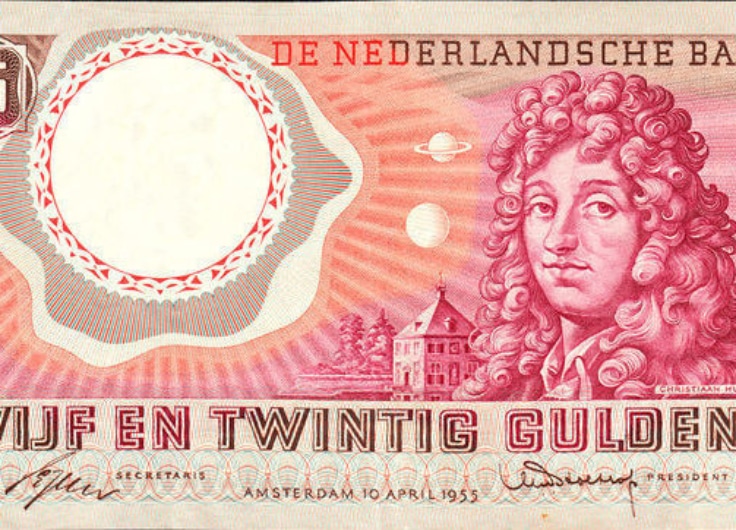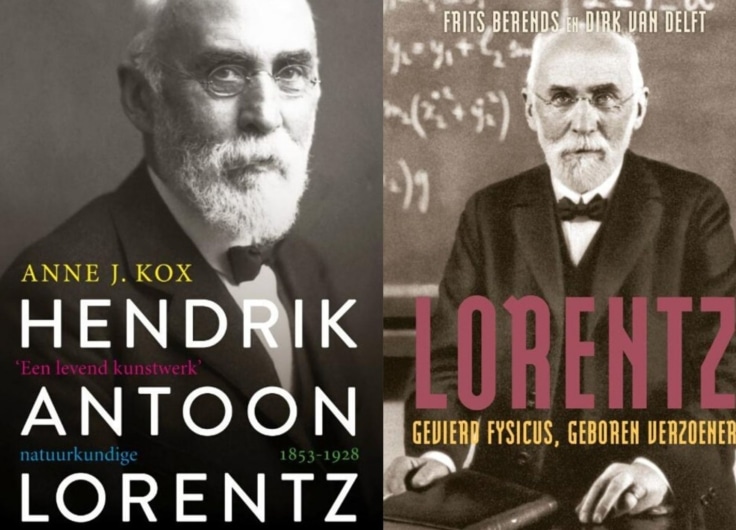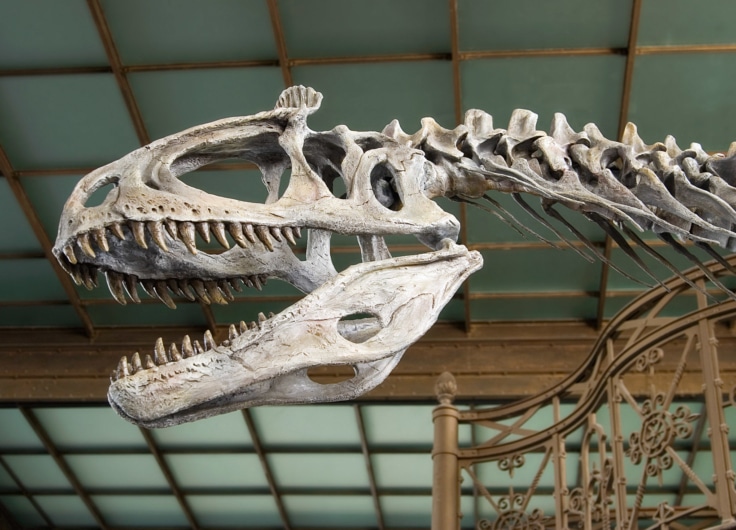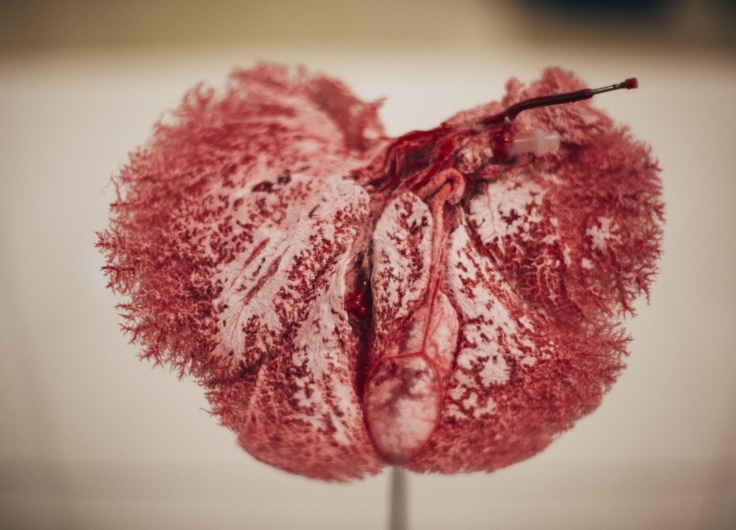Leo Baekeland. How a Shoemaker’s Son Became the ‘Father of Plastics’
At the beginning of the twentieth century, Ghent-born American chemist Leo H. Baekeland (1863-1944) brought the very first fully synthetic plastic onto the market. The new material, which was given the name Bakelite, turned out to be a hit with its many applications. In the US, Baekeland was honored as the “father of plastics”. Historian Joris Mercelis wrote a book about the inventor who brought science and industry closer together.
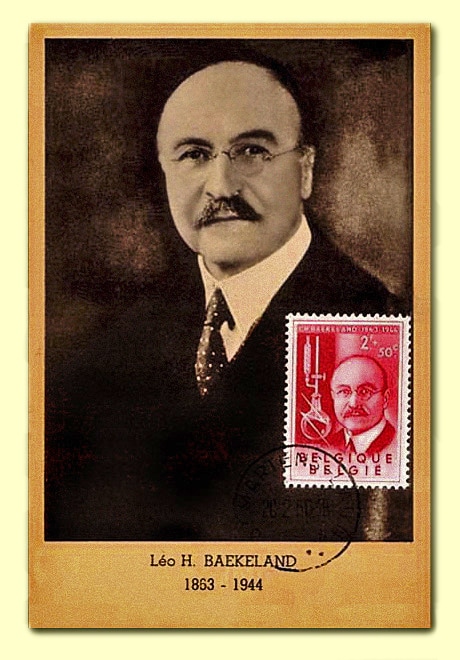 Picture and stamp honouring the Belgian-American chemist Leo Baekeland
Picture and stamp honouring the Belgian-American chemist Leo Baekeland© Ghent University Archive
Plastic pollution is now seen as one of the most pressing global environmental problems. When Leo Baekeland was celebrated as the “father of plastics,” however, this designation had almost exclusively positive connotations. In addition to his contributions to the emergence of the synthetic plastics industry – the work for which he is best known – Baekeland also invented a new kind of photographic paper, became something of a celebrity during World War I on account of his participation in two scientific advisory councils, and contributed to the development of a close relationship between the worlds of science and industry at the time of the second industrial revolution.
Who was Baekeland and why did he move from Belgium to the United States? How should we evaluate his legacy, given the changed status of plastics today? Drawing on my recent book Beyond Bakelite: Leo Baekeland and the Business of Science and Invention (MIT Press, 2020), I here explore these questions.
The American (and European) Dream
In his extensive personal diaries and correspondence, chemist Leo H. Baekeland regularly presented his life story as an example of the fulfillment of the American Dream, observing that ‘the poor Flemish boy had become somebody’ in the United States. Baekeland indeed achieved almost all of the accomplishments for which he is remembered today – most notably the invention of “Bakelite” synthetic plastic – after moving from Ghent, the city where he was born on 14 November 1863, to New York in summer 1889.
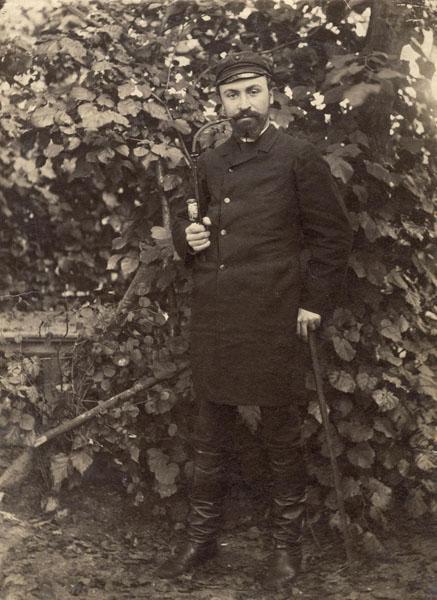 Baekeland as a chemistry student at Ghent University
Baekeland as a chemistry student at Ghent University© Ghent University Archive
Like the persevering heroes of the “rags-to-riches” novels that were so popular at the time, Baekeland also managed to overcome financial and other difficulties on his eventual path to success in the United States. However, by the time of his migration to America, Baekeland was no longer just a “poor Flemish boy,” the son of a father who was a shoemaker and innkeeper and a mother who had served more well-to-do families as a domestic help.
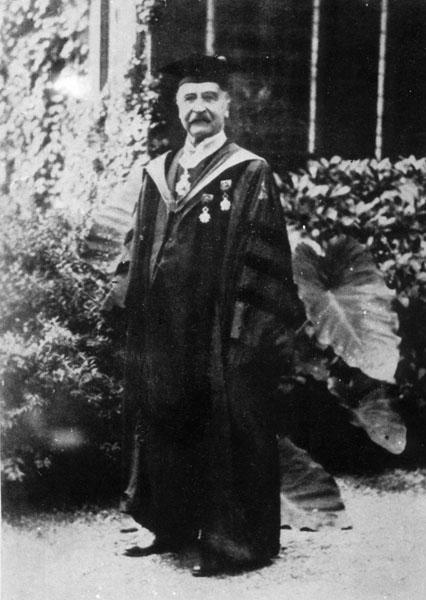 Baekeland as doctor honoris causa at Ghent University in 1939
Baekeland as doctor honoris causa at Ghent University in 1939© Ghent University Archive
Rather, thanks to not only his own talents and skills but also the support of several mentors and a good dose of luck, by 1889 Baekeland had started what seemed to be a promising career as a science teacher and researcher at the State University of Ghent and the Teachers’ Training College of Bruges. By this time, he had also become a photographic inventor-entrepreneur who had cofounded his own photographic firm, Dr. Baekelandt et Compagnie, and was about to marry into the more prominent family of Céline Swarts, the daughter of the chemistry professor under whom he had been working.
The level of social mobility that Baekeland achieved in his Belgian years was indeed remarkable. He owed much to his technical studies at the Industrial School of Ghent, which served as a stepping stone to his later education and research in the natural sciences at the much more elite-oriented University of Ghent. Crucially, Baekeland also received financial support from the Belgian state, which enabled him to complete an education that would otherwise have been out of reach to someone of his background.
Migrating to the United States
So why did Baekeland end up migrating to the United States, despite these successes and the reluctance of his wife to leave behind her family and friends? From a young age, Baekeland appears to have been fascinated by popular accounts of the work of US inventor-entrepreneurs such as Thomas A. Edison and Alexander G. Bell. In a 1933 diary entry, for instance, Baekeland recalled that the announcement of the transmission of speech by Bell’s telephone had made an ‘enormous impression’ on him as a thirteen-year-old boy, and that he had attempted to construct his own telephone as soon as he had obtained more technical details.
From a young age, Baekeland was fascinated by popular accounts of the work of US inventor-entrepreneurs such as Edison and Bell
By the late 1880s, his aspirations as an inventor had become more tangible, and Baekeland continued to think of America as a country that would be supportive of these ambitions. In particular, in 1887 Dr. Baekelandt et Cie had started commercializing a photographic invention of Baekeland – a glass plate that partly automated the development of the latent image – and the promotion of this technology was among the reasons why Baekeland traveled to New York in 1889.
However, in this period Baekeland was also considering moving to countries other than the United States, and in his first years in the United States, he seemed more committed to leaving Belgium far behind than to staying in America. Baekeland’s personal papers at the National Museum of American History, Smithsonian Institution, suggests that this was partly due to tensions resulting from the disappointing performance of Dr. Baekelandt et Compagnie, which owed 58 creditors a total sum of about 108,000 Belgian francs by January 1890, when Baekeland ceased his connection with the firm.
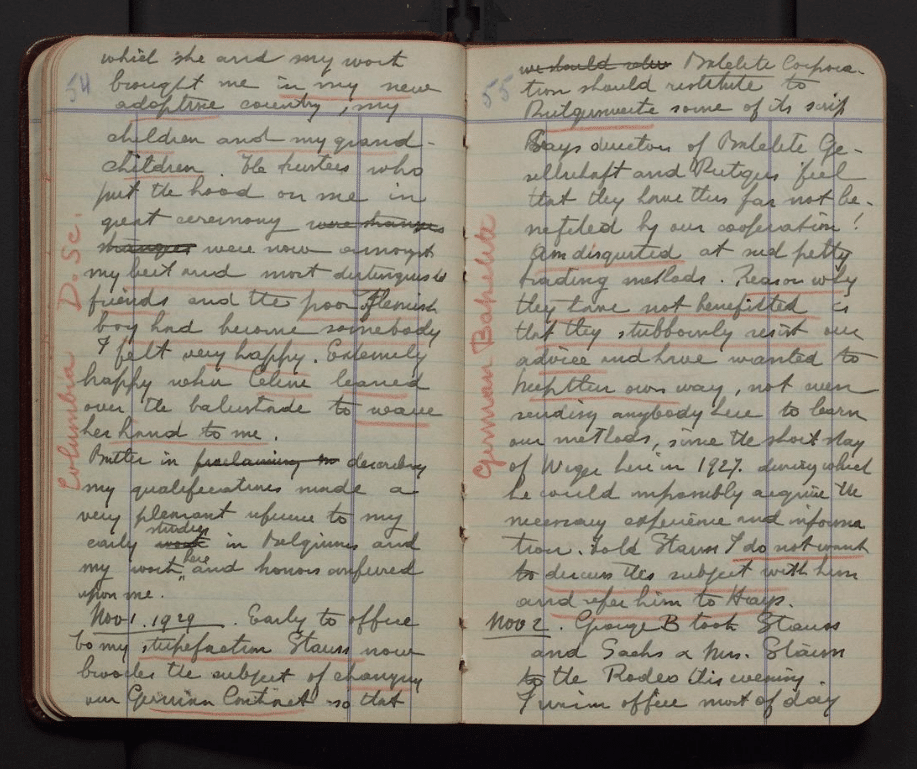 Page from Baekeland's diary volume 47
Page from Baekeland's diary volume 47© Smithsonian Transcription Center
In addition, Baekeland seems to have had a hard time adjusting to the socio-cultural expectations associated with a bourgeois lifestyle in Ghent and stressed in a letter to his wife that he had not ‘the smallest interest in involving myself in the chicaneries and annoyances of “society” again.’ In the United States, Baekeland continued, he at least could independently pursue his own interests in applied science and technology ‘without being bothered constantly by friends and relatives.’
Velox photographic paper
A desire for independence also contributed to Baekeland’s decision to establish his own start-up firms rather than pursue a career as a salaried employee. Shortly after his 1889 arrival in the United States, Baekeland was hired by E. & H. T. Anthony & Co., a large photographic company headquartered in New York. But Baekeland already left Anthony & Co. approximately one year afterwards, much to the surprise of his employer.
As an independent inventor-entrepreneur, Baekeland achieved his first major successes in the second half of the 1890s, when a new type of photographic paper branded as “Velox” became popular among photographers in the United States and beyond. Initially, Velox appealed especially to hobbyist photographers, who appreciated the ease with which they could use the paper to develop photographic prints in their own homes.
Baekeland achieved his first major successes, when a new type of photographic paper branded as “Velox” became popular among photographers in the United States and beyond
But professional photographers started using Velox, too, and the paper would continue to be produced by Eastman Kodak for more than half a century after Baekeland and his business partners had sold their firm to Kodak’s president George Eastman in 1899. To some extent, Baekeland also succeeded in getting scientific recognition for his work on and related to Velox. In this respect, however, the strict confidentiality that Baekeland was expected to maintain about the composition of Velox and his firm’s other photochemical products was a significant complication, which would not apply in the same way to his more fully disclosed work on Bakelite synthetic plastic.
World War I
In the years following his departure from the photographic industry, Baekeland examined a wide range of applied scientific and technological problems and gradually became a prominent member of different US communities of chemists and chemical engineers. During World War I, he even was one of only a few Americans to be appointed on both the Naval Consulting Board – an advisory body led by Baekeland’s childhood hero Thomas Edison – and the National Research Council organized by the Academy of Sciences. As a result, Baekeland also became known to broader audiences, and wittily noted in his diary that he was ‘placed among the celebrities and criminals nowadays.’
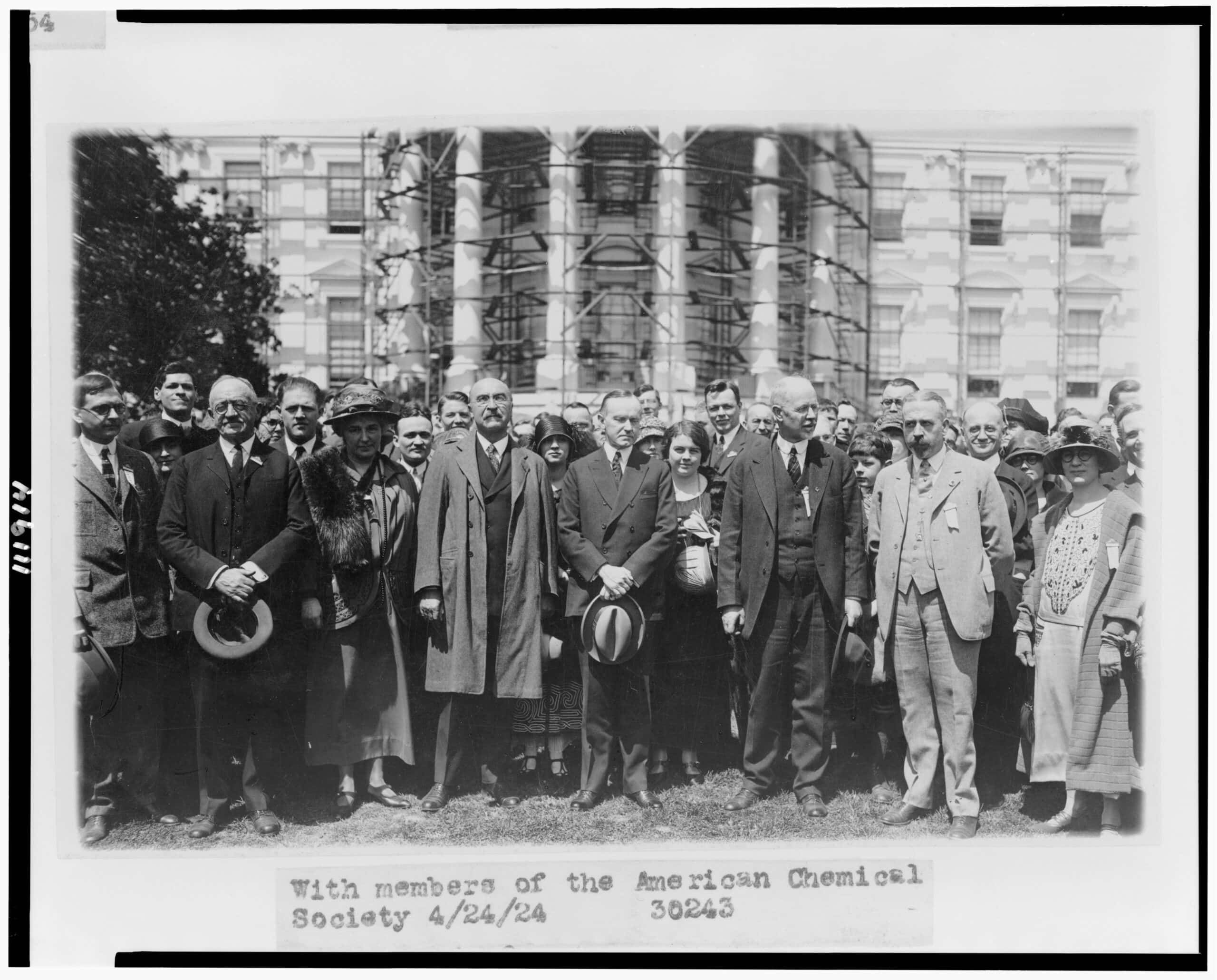 Baekeland (fourth from right) standing between his wife and president Calvin Coolidge on a 1924 visit to the White House.
Baekeland (fourth from right) standing between his wife and president Calvin Coolidge on a 1924 visit to the White House.© National Photo Company Collection, Library of Congress
Bakelite
The invention of Bakelite, a synthetic resin derived from phenol and formaldehyde, contributed substantially to Baekeland’s rise to prominence among American scientists and engineers. Baekeland appears to have started studying the phenol-formaldehyde reaction in 1904, when the outbreak of the Russo-Japanese War led to a sharp increase in the price of camphor, which was used in the manufacture of celluloid plastic and photographic film.
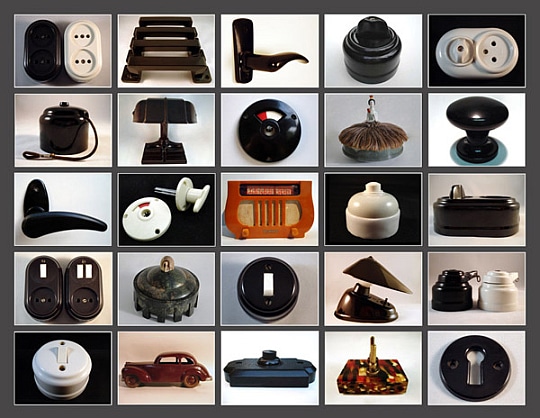 Products made of Bakelite
Products made of BakeliteCrucial breakthroughs followed in 1907, when Baekeland and his collaborator Nathaniel Thurlow filed their first patent applications on a synthetic material that would be used in products ranging from cigar holders and umbrella handles to radios, telephones, and insulating varnishes.
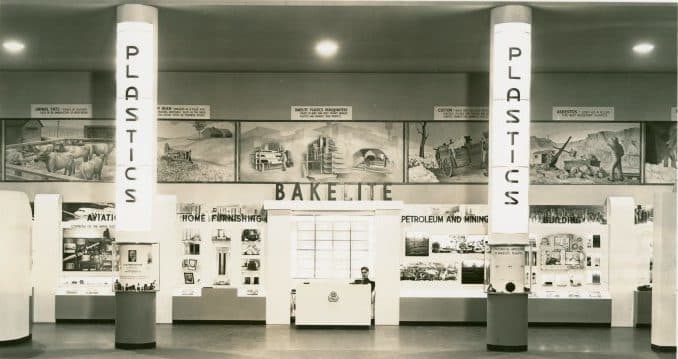 Bakelite exhibition in the Hall of Industrial Science at the 1939-1940 New York world's fair.
Bakelite exhibition in the Hall of Industrial Science at the 1939-1940 New York world's fair.© Manuscript and Archives Division, New York Public Library
As the president of two additional firms that he cofounded, the General Bakelite Company and the Bakelite Corporation, Baekeland was personally involved in the development and marketing of Bakelite varieties suitable for a rapidly growing number of applications. He would remain active in the synthetic plastics industry until 1939, when Union Carbide took over Bakelite Corporation.
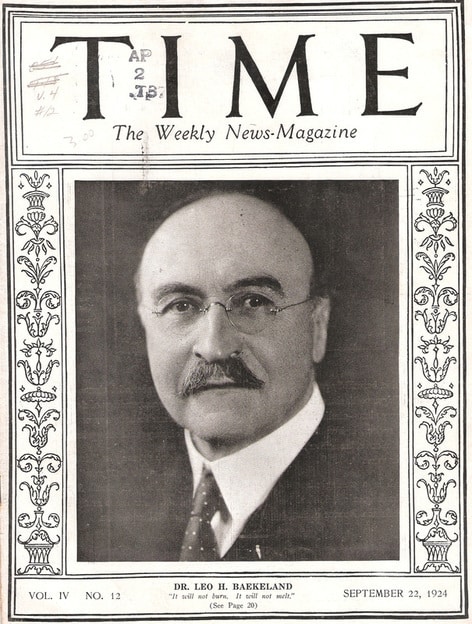 Leo Baekeland on the cover of Time magazine in 1924
Leo Baekeland on the cover of Time magazine in 1924© Wikipedia
In the same year, Time magazine went so far as to characterize Baekeland as the “father of plastics.” While this designation failed to do justice to the work of other inventors, scientists, and entrepreneurs who had contributed to the development of plastics technology, it was in line with the many other honors and awards that Baekeland had received since publicly announcing the invention of Bakelite in February 1909 and securing intellectual property protection in multiple countries.
Legacy
How should we evaluate Baekeland’s legacy today, when plastic pollution has come to be seen as a pressing environmental and health problem? One notable lesson emerging from the history of Bakelite is that the risks of complex new technologies are often slow to become evident. That the use of asbestos in some varieties of Bakelite might pose a health hazard, for instance, was not widely realized during Baekeland’s lifetime, and even today institutions such as the US Environmental Protection Agency are still in the process of assessing the negative health effects of formaldehyde exposure.
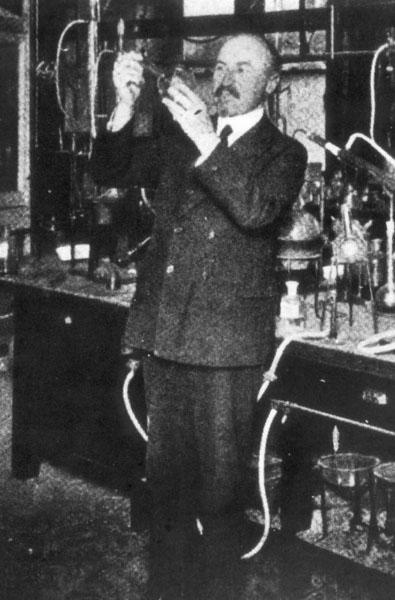 Leo Baekeland in his laboratory
Leo Baekeland in his laboratory© Ghent University Archive
The benefits of technologies like Bakelite can, however, be surprising as well. At the time when Baekeland announced his invention, as an example, he could not have anticipated that the emergence of a synthetic plastics industry would contribute to the formulation and eventual acceptance of a Nobel-winning scientific theory positing the existence of “macromolecules.”
Without doubt, Baekeland would also have been pleased to learn that, more than a century after the invention of the product to which he gave his name, Bakelite continues to be used today in the automobile industry and some other sectors, while the plastic has simultaneously become a popular collector’s item symbolizing the material culture of a bygone era. He would, moreover, have been honored to see that his name has been attached to initiatives meant to foster and reward university-industry collaboration and innovative research in industrial chemistry, and would have been eager to share his views on how best to approach these goals.


